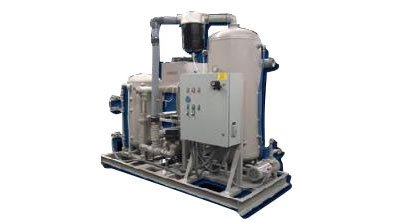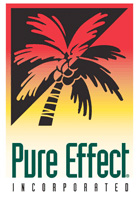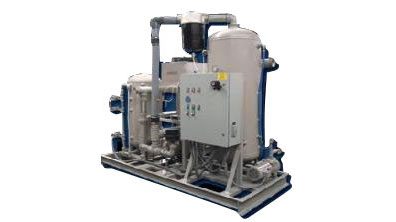SVE Systems
SVE (soil vapor extraction), also known as “soil venting” or “soil vacuum extraction”, is used for contaminated soil remediation. Contaminants are removed by pulling air through soil which has previously been contaminated with volatile organic compounds, hydrocarbons or other organic compounds.
During the process of soil remediation, the extracted soil vapors and moisture/water are separated into two phases, liquid phase and vapor phase, each stream thereafter is treated as necessary. In the vapor phase, there are three common methods of treatment; condensing vapors into NAPL [Non-Aqueous Phase Liquids], running the vapors through an granulated activated carbon emission control system where the vapors adsorb onto the activated carbon, and also burning the vapors in a thermal and/or catalytic oxidizer [AKA thermal destruction]. The liquid phase is generally treated through an activated carbon system and thereafter discharged to the storm drain, sewer or off site.

The penetrability of the soil affects the rate in which the vapors and air can move through the soil. The higher the penetrability, the faster the air and vapors will pass through, meaning a higher amount of vapors can be extracted from the soil. High soil moisture can reduce soil penetrability and also lower the effectiveness by restricting the air flow through soil pores.
The effectiveness of SVE depends on the permeability of the soil, soil moisture, depth to groundwater and also soil structure. SVE is not usually effective in treating soils below the top of the capillary fringe unless water table pumps are used to withdraw water to lower the water table.
Here at Pure Effect, Inc we stock and maintain a full range of equipment to help you with any of your SVE needs. Call a sales representative at Pure Effect, Inc today at 714-639-PURE for further information.





Leave a comment!
You must be logged in to post a comment.